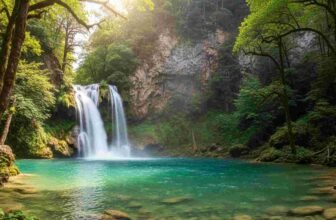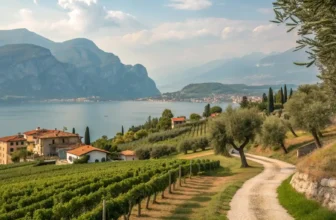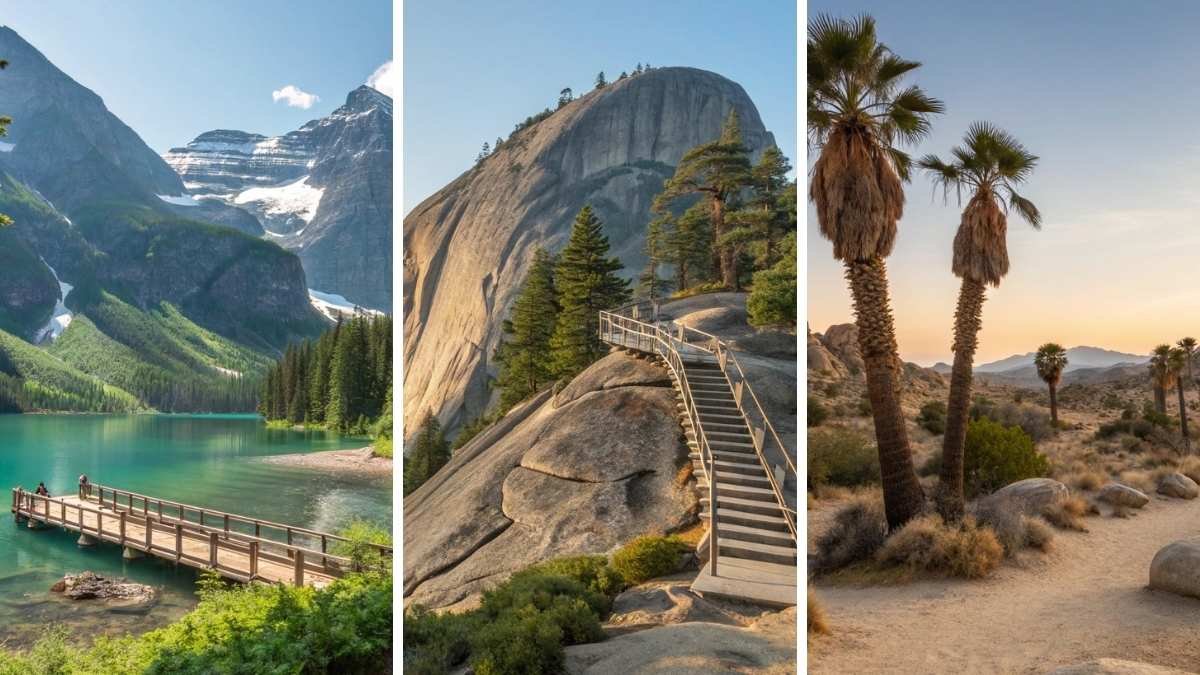
Hidden valleys and forgotten corners still exist in the busiest of America’s national parks. While most visitors cluster around the famous landmarks, there are places where the air feels lighter, the silence deeper, and the scenery just as breathtaking—yet far less discovered.
These tucked-away escapes aren’t just about dodging crowds; they’re about experiencing the parks the way they were meant to be felt—personal, raw, and unhurried.
If you’ve ever longed for a moment where the wilderness feels like it belongs to you alone, this guide will lead you straight into those secret sanctuaries.
1. Hidden Lake Overlook – Glacier National Park, Montana
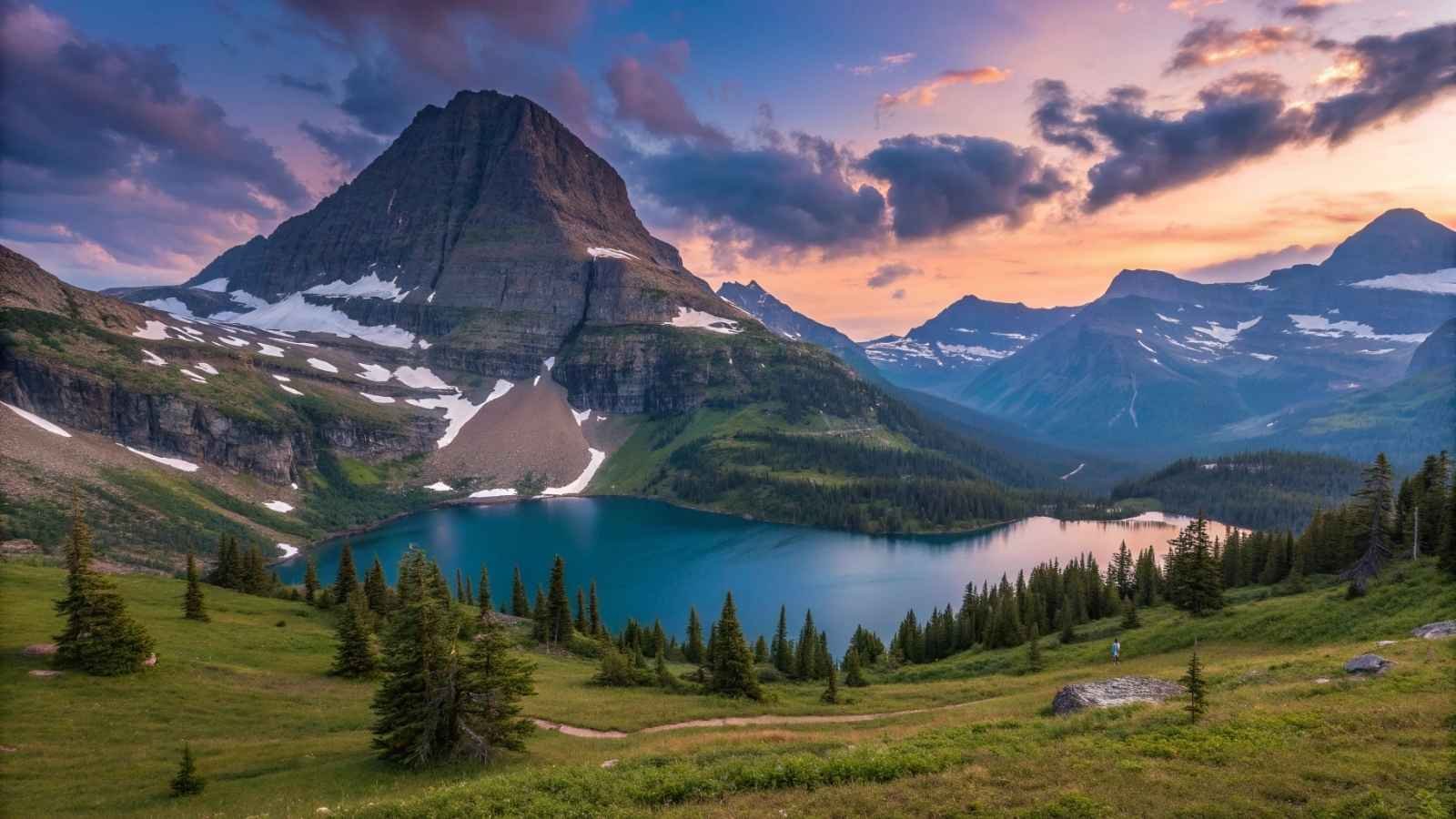
Hidden Lake Overlook is one of those spots that makes you pause and think, How is this not overflowing with people? Just a short hike from Logan Pass, this trail feels worlds away from the bustle of Going-to-the-Sun Road. The path winds gently through alpine meadows filled with wildflowers in summer, and if you’re lucky, you’ll spot mountain goats grazing calmly along the slopes.
What sets this spot apart is the sweeping view of Hidden Lake, ringed by rugged peaks. The water glimmers with an otherworldly clarity, and the surrounding cliffs rise sharply, making it feel like nature’s amphitheater. The atmosphere is quieter here, the kind of quiet that lets you hear the breeze brushing through the grass.
While the hike is not overly long, it gives you a sense of accomplishment—an escape that’s accessible without needing a full day. And because many visitors stick to the roadside viewpoints, you’ll often find this trail less crowded than you’d expect, especially in the early morning or late afternoon.
- Best months to visit: July – September (snow-free trail)
- Trail length: About 3 miles round trip
- Difficulty: Moderate
- Wildlife spotting: Mountain goats, marmots, and occasionally bears
- Tip: Arrive early for parking at Logan Pass
2. Sentinel Dome – Yosemite National Park, California
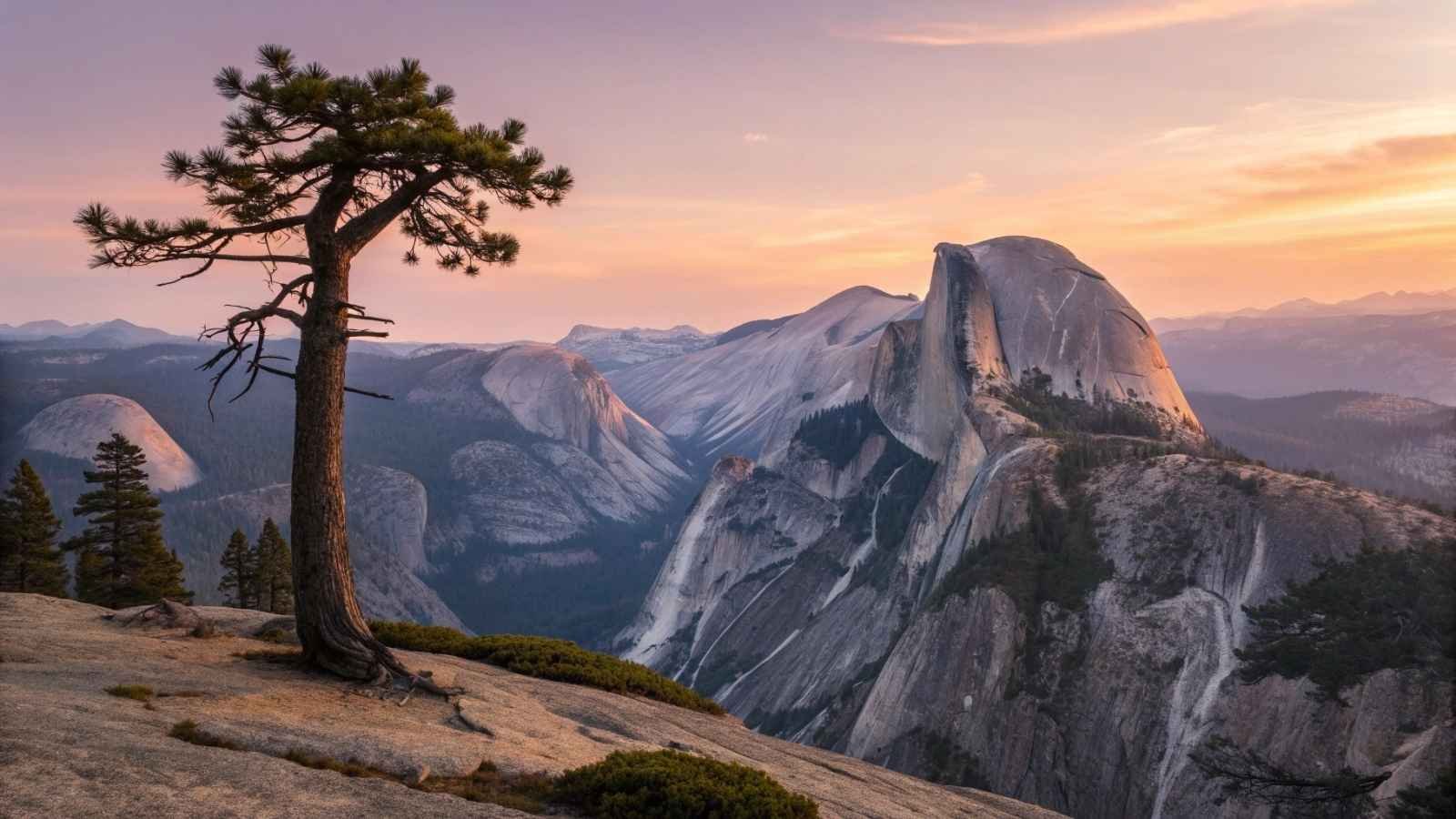
Yosemite is known for crowds, but Sentinel Dome gives you the same breathtaking views without the crush of people. The hike itself is short and relatively gentle, leading you up a granite dome where the entire park stretches out beneath you. From the top, you’ll see Half Dome, El Capitan, Yosemite Falls, and the High Sierra all in one panorama—a rare kind of payoff for such a modest effort.
This spot has a sense of timelessness. There used to be a famous Jeffrey pine tree at the summit, twisted and bent by years of wind, and though it has fallen, its silhouette remains a reminder of nature’s resilience. The dome itself feels like a giant stone stage where Yosemite unveils its grandeur.
Because it’s not as famous as Half Dome or Glacier Point, Sentinel Dome tends to draw fewer visitors. Head there near sunset, and you’ll catch the golden light flooding across the valley with fewer distractions—just raw, glowing beauty.
- Best months to visit: Late May – October (depending on Tioga Road access)
- Trail length: About 2.2 miles round trip
- Difficulty: Easy to moderate
- Best time of day: Sunset for incredible colors
- Tip: Pair it with a hike to Taft Point nearby for a double reward
3. Avalanche Lake via Trail of the Cedars – Glacier National Park, Montana
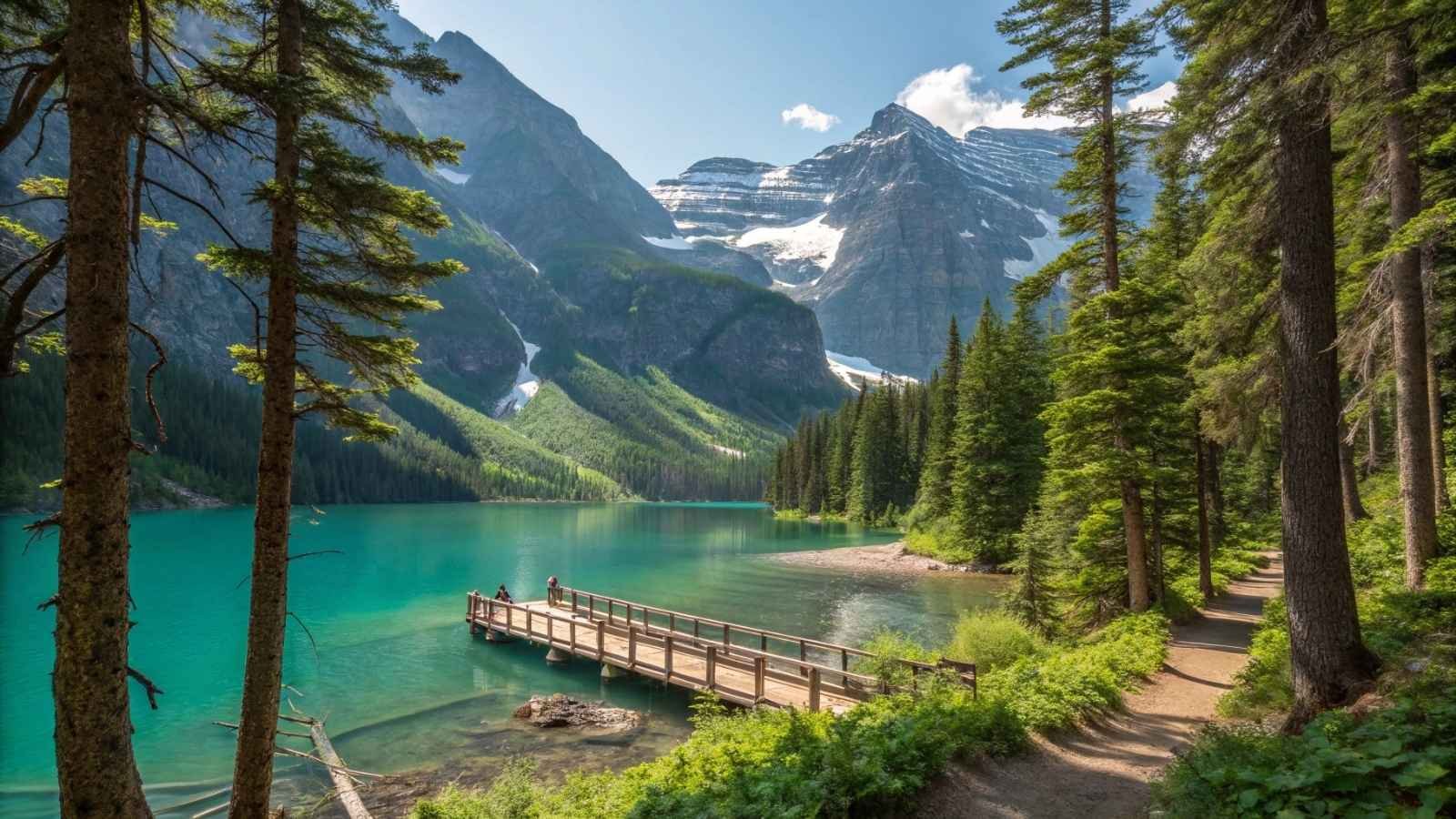
Avalanche Lake is the kind of trail where the journey is just as rewarding as the destination. Starting with the Trail of the Cedars, you walk through towering old-growth trees, some so wide that you’ll want to stop just to take in their sheer size. The air feels damp and cool, carrying that rich, earthy scent of the forest.
As you climb toward the lake, the path follows Avalanche Creek, tumbling over boulders and carving out smooth channels of turquoise water. By the time you reach Avalanche Lake, the scene opens to a glassy surface backed by dramatic cliffs and multiple cascading waterfalls. It feels tucked away, like a secret bowl of serenity amid Glacier’s rugged landscape.
Though popular, this trail often feels less crowded than the major overlooks, especially if you start early. Sitting by the lake’s edge with your shoes off, toes in the icy water, it’s easy to feel like you’ve stumbled into a hidden chapter of Glacier’s story.
- Best months to visit: June – September
- Trail length: About 5 miles round trip
- Difficulty: Moderate
- Notable features: Old-growth cedars, glacial waterfalls, reflective lake views
- Tip: Start early to avoid parking stress and enjoy calm lake reflections
4. Cathedral Valley – Capitol Reef National Park, Utah
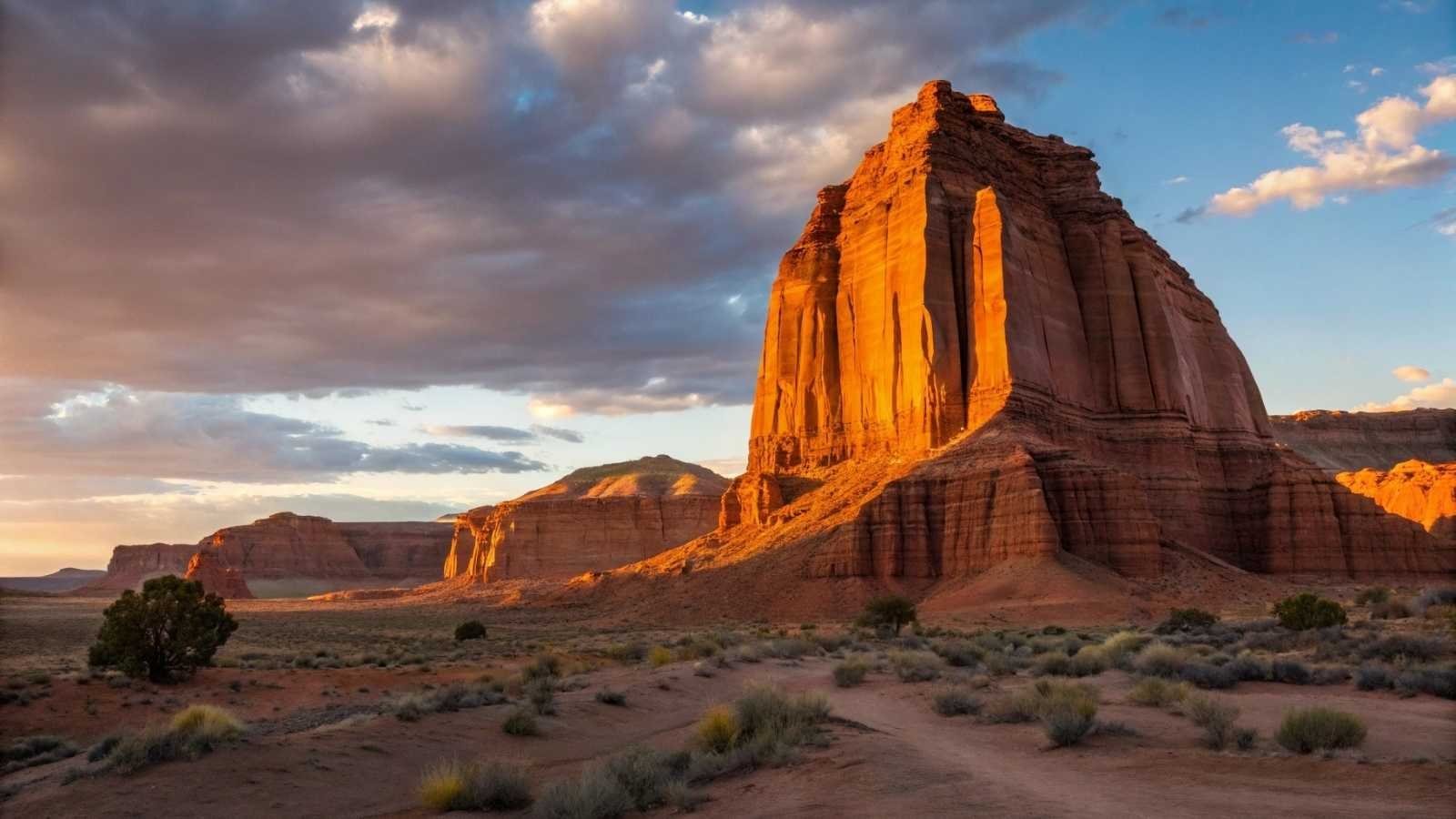
Capitol Reef may not always make the front page like Zion or Arches, but Cathedral Valley is its crown jewel for solitude seekers. This remote area requires a bit of effort—usually a high-clearance vehicle to handle the rugged dirt roads—but the payoff is a landscape that feels almost Martian. Towering monoliths, aptly called “Cathedrals,” rise dramatically from the desert floor, glowing red and orange in the shifting light.
The sense of scale here is almost overwhelming. You’ll feel tiny standing beneath these natural giants, with nothing but desert silence around you. It’s not just the formations themselves but the vast open spaces that create a sense of being far removed from the modern world.
Because of its remoteness, very few visitors make it out here, which makes it perfect for escaping the crowds. If you’re up for a full-day adventure, Cathedral Valley rewards you with one of the most unforgettable desert experiences in the American Southwest.
- Best months to visit: Spring (April – May) and Fall (September – October)
- Access: High-clearance or 4WD vehicle strongly recommended
- Highlights: Temple of the Sun, Temple of the Moon, Gypsum Sinkhole
- Difficulty: Easy once there, but remote access adds challenge
- Tip: Carry extra water and supplies—this is true in the backcountry
5. Fairyland Loop – Bryce Canyon National Park, Utah
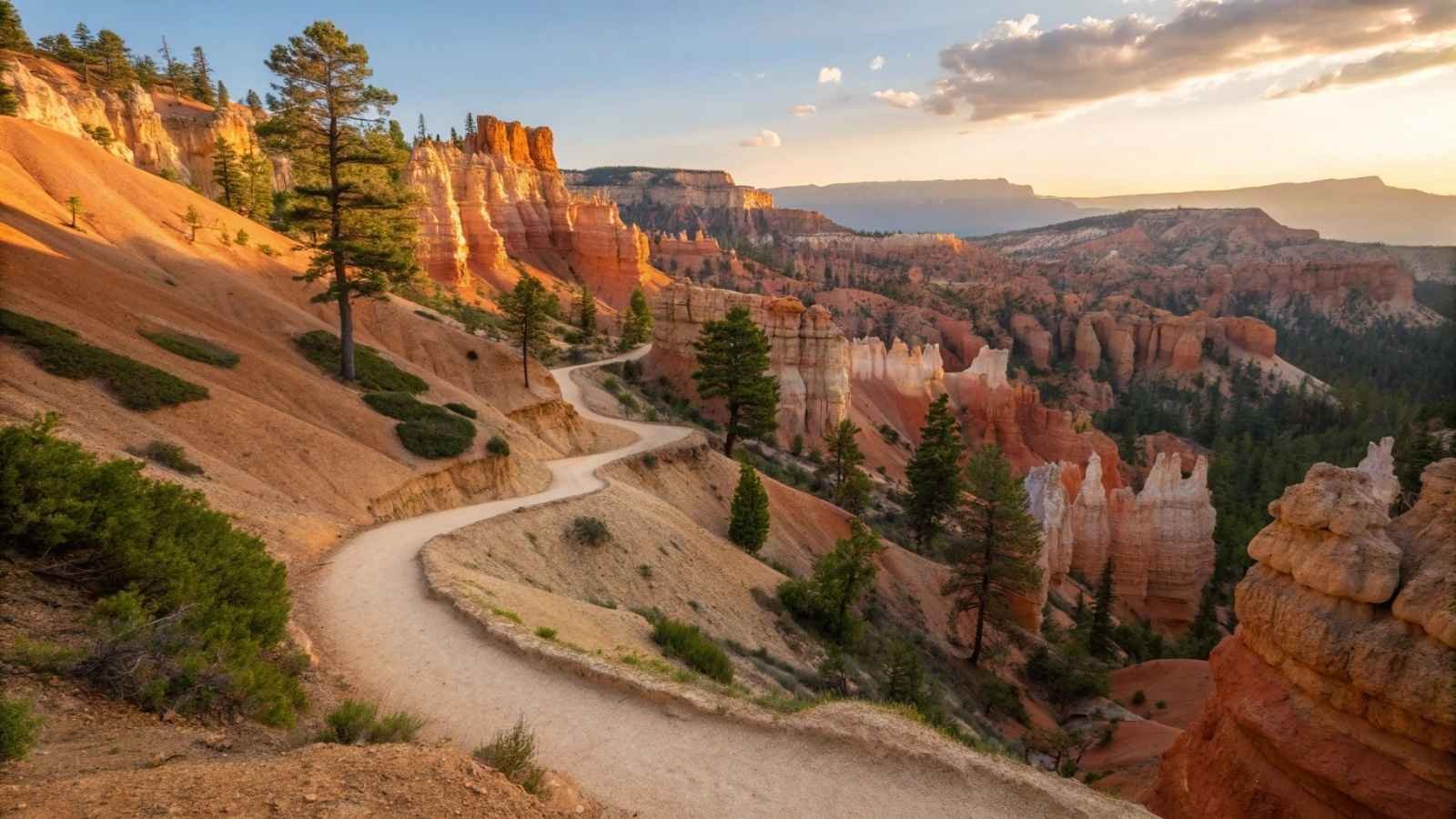
Bryce Canyon’s amphitheaters are no secret, but Fairyland Loop is often overlooked in favor of shorter, more famous trails. This is a blessing, because it means you can explore a wonderland of hoodoos, spires, and arches with far fewer people around. The loop winds for about 8 miles, dipping into the canyon and weaving through intricate formations that almost feel handcrafted.
The trail earns its name honestly—it’s whimsical, surreal, and slightly mysterious. Walking among the hoodoos gives you a fresh perspective on Bryce, one that’s much more immersive than the rim viewpoints. The constant shift between wide-open canyon scenes and tight passages through towering spires keeps the hike engaging from start to finish.
Yes, it’s longer than most of the other Bryce hikes, but that’s exactly why it stays peaceful. For those who want to connect more deeply with the park, Fairyland Loop is a secret worth discovering.
- Best months to visit: May – September
- Trail length: 8 miles loop
- Difficulty: Moderate to strenuous
- Best features: Hoodoos, natural arches, sweeping canyon views
- Tip: Start early to avoid sun exposure—shade is scarce
6. Lamar Valley – Yellowstone National Park, Wyoming
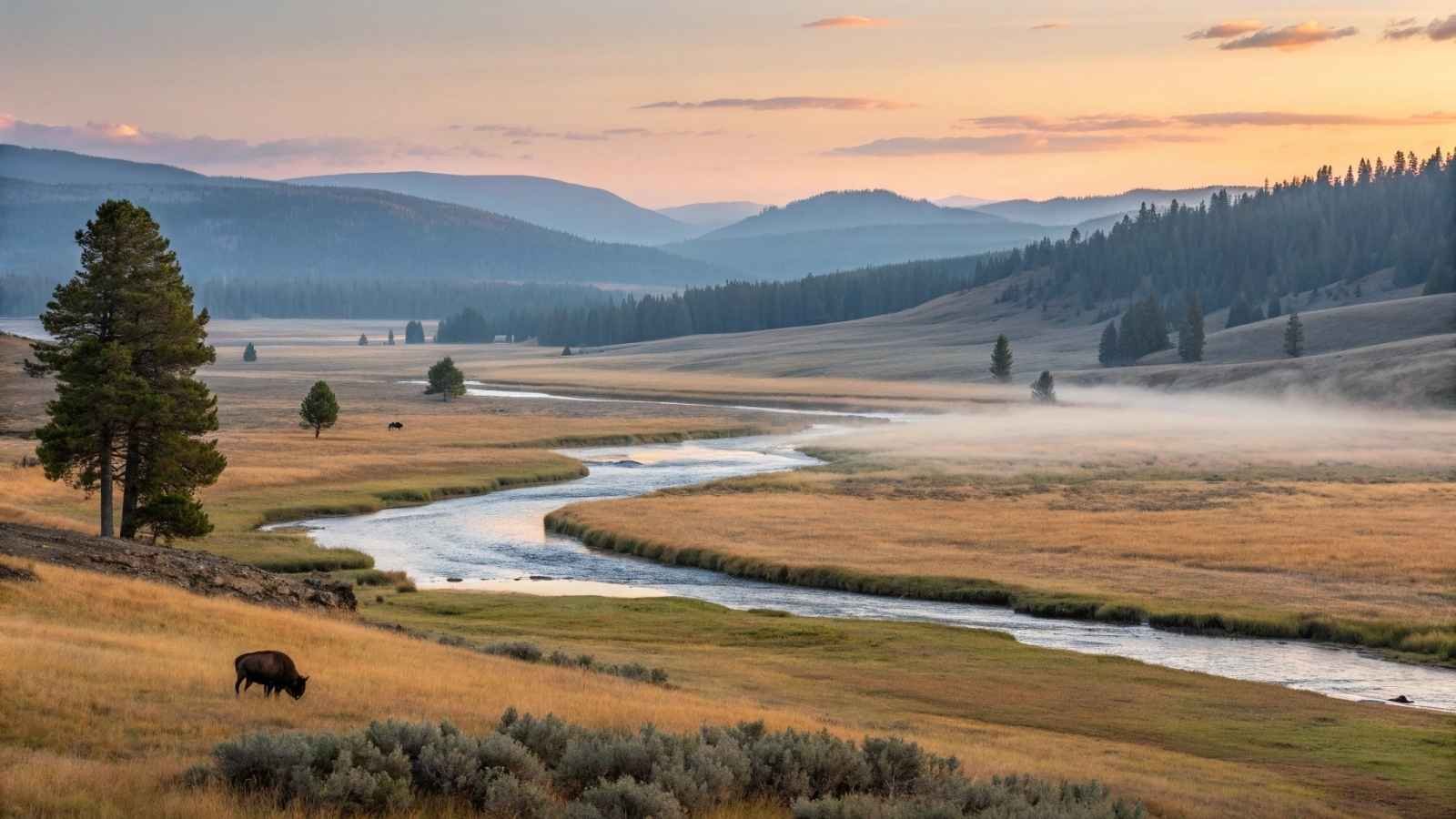
When most people think of Yellowstone, they picture Old Faithful erupting or crowds around the Grand Prismatic Spring. But step into Lamar Valley and the scene changes completely. Known as the park’s “Serengeti of North America”, this vast stretch of open meadow is one of the best places in the world for wildlife viewing.
Early in the morning, the valley is alive with movement—bison herds grazing, elk wandering, and, if you’re patient, even wolves moving in the distance. The stillness is broken by natural sounds: bugling elk in fall or the thundering hooves of bison in summer. It feels like a front-row seat to the park’s wild heart, far away from the bustle of geyser basins.
The best part? Even though it’s well known among wildlife enthusiasts, the valley’s wide-open expanse means there’s plenty of room to spread out. You don’t feel hemmed in by other visitors—you feel like a guest in nature’s living room.
- Best months to visit: May – September for wildlife activity
- Best time of day: Dawn and dusk (prime animal movement)
- Highlights: Wolves, bison herds, pronghorn, grizzly bears
- Access: Scenic drive with pull-offs for viewing
- Tip: Bring binoculars—wolves are often seen at a distance
7. Cascade Pass – North Cascades National Park, Washington
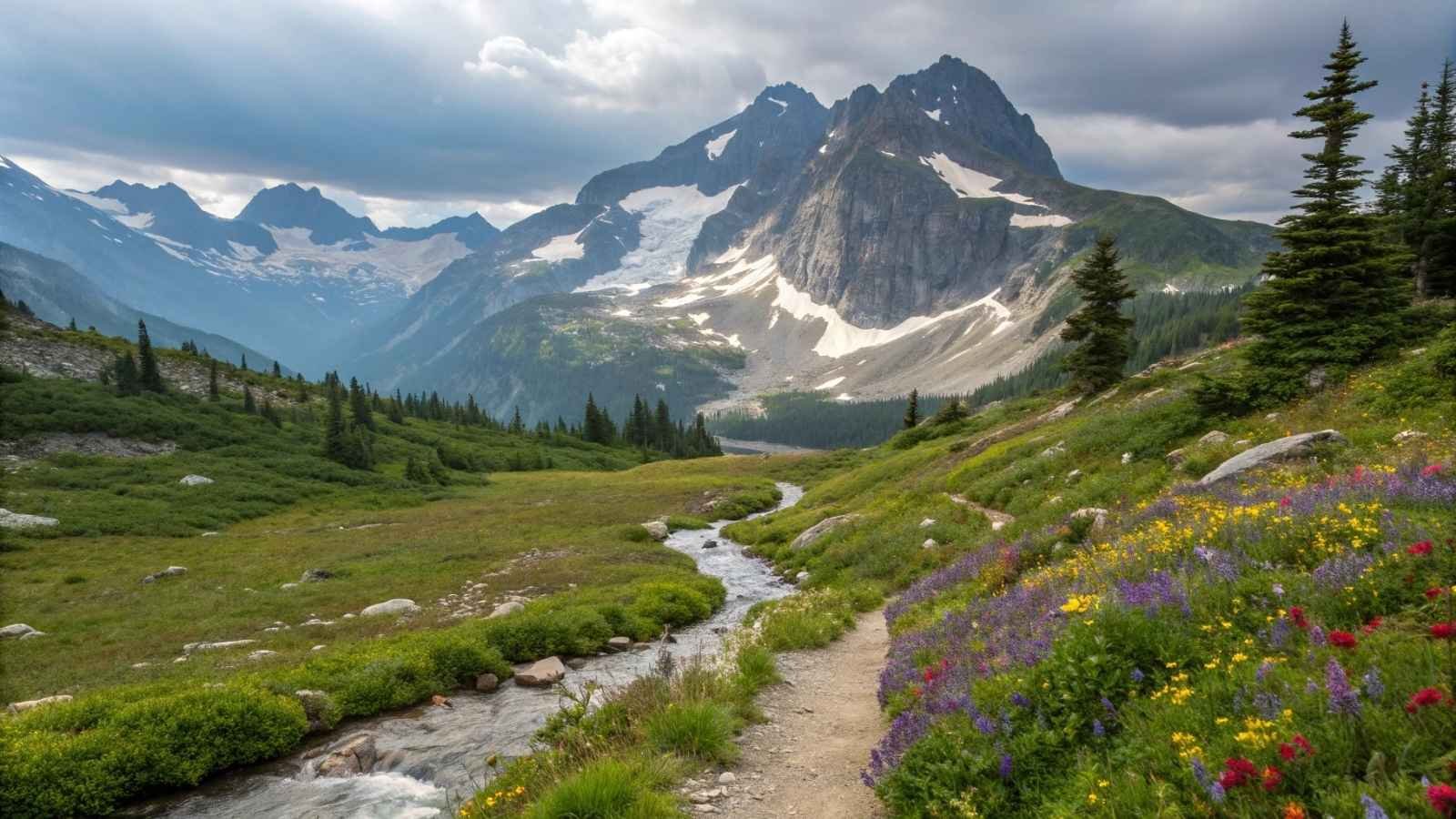
North Cascades is already one of the least-visited national parks, but Cascade Pass feels like an extra layer of seclusion. The hike starts with a steady climb through forests before opening up to sweeping alpine views that are nothing short of jaw-dropping. From the pass, you’re rewarded with panoramas of jagged peaks, hanging glaciers, and lush valleys below.
The scenery has a raw, unfiltered quality. Wildflowers dot the meadows in summer, while the crisp mountain air makes everything feel more vivid. Marmots often lounge on rocks, completely unbothered by visitors, adding to the charm of the place.
It’s a trail that feels like a hidden gem, especially compared to more famous alpine hikes in the Pacific Northwest. Cascade Pass offers that rare balance of accessibility and incredible payoff, without the crowds you might expect for such views.
- Best months to visit: July – September
- Trail length: About 7 miles round trip
- Difficulty: Moderate (with switchbacks)
- Notable wildlife: Marmots, mountain goats, black bears
- Tip: Continue beyond the pass to Sahale Arm if you want even fewer people and jaw-dropping scenery
8. Moro Rock – Sequoia National Park, California
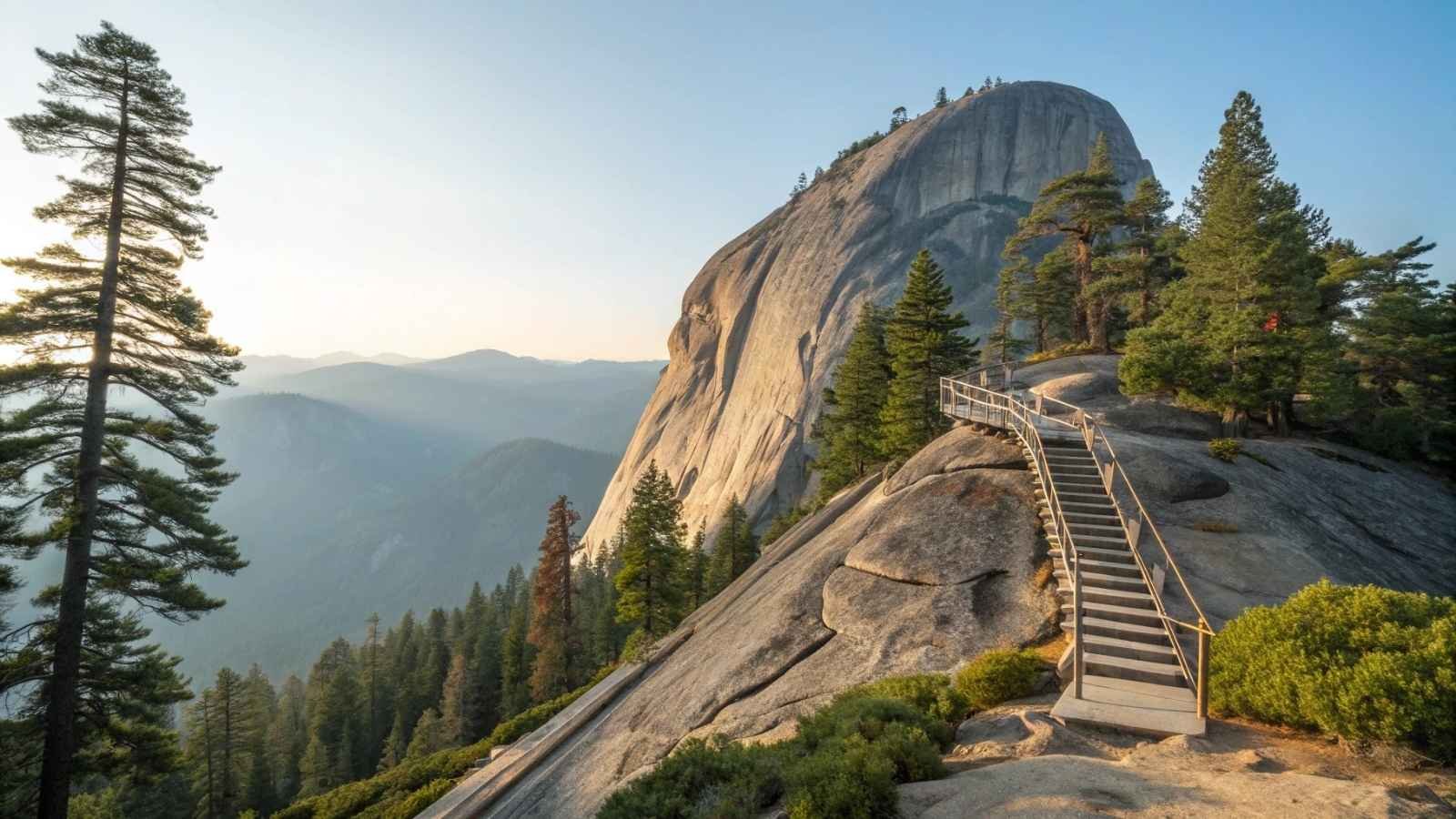
Sequoia National Park is best known for its giant trees, but Moro Rock offers a completely different experience—one that most visitors miss. A steep staircase carved into the granite leads you up to a 360-degree view over the Sierra Nevada, with deep valleys on one side and rugged peaks on the other.
The climb feels a little daring, with handrails guiding you along narrow ledges. At the top, though, you’re rewarded with one of the most dramatic perspectives in the park. On a clear day, you can even see the Great Western Divide stretching into the distance.
Because so many visitors focus on the groves of sequoias, Moro Rock often sees fewer crowds, especially outside peak hours. It’s a short adventure with a massive reward—a balance many people overlook when rushing through the park.
- Best months to visit: May – October
- Trail length: Less than 0.5 miles, but steep
- Difficulty: Short but strenuous climb
- Best time of day: Sunrise or late afternoon for softer light
- Tip: Avoid midday heat; the exposed rock can be intense
9. Toklat River Area – Denali National Park, Alaska
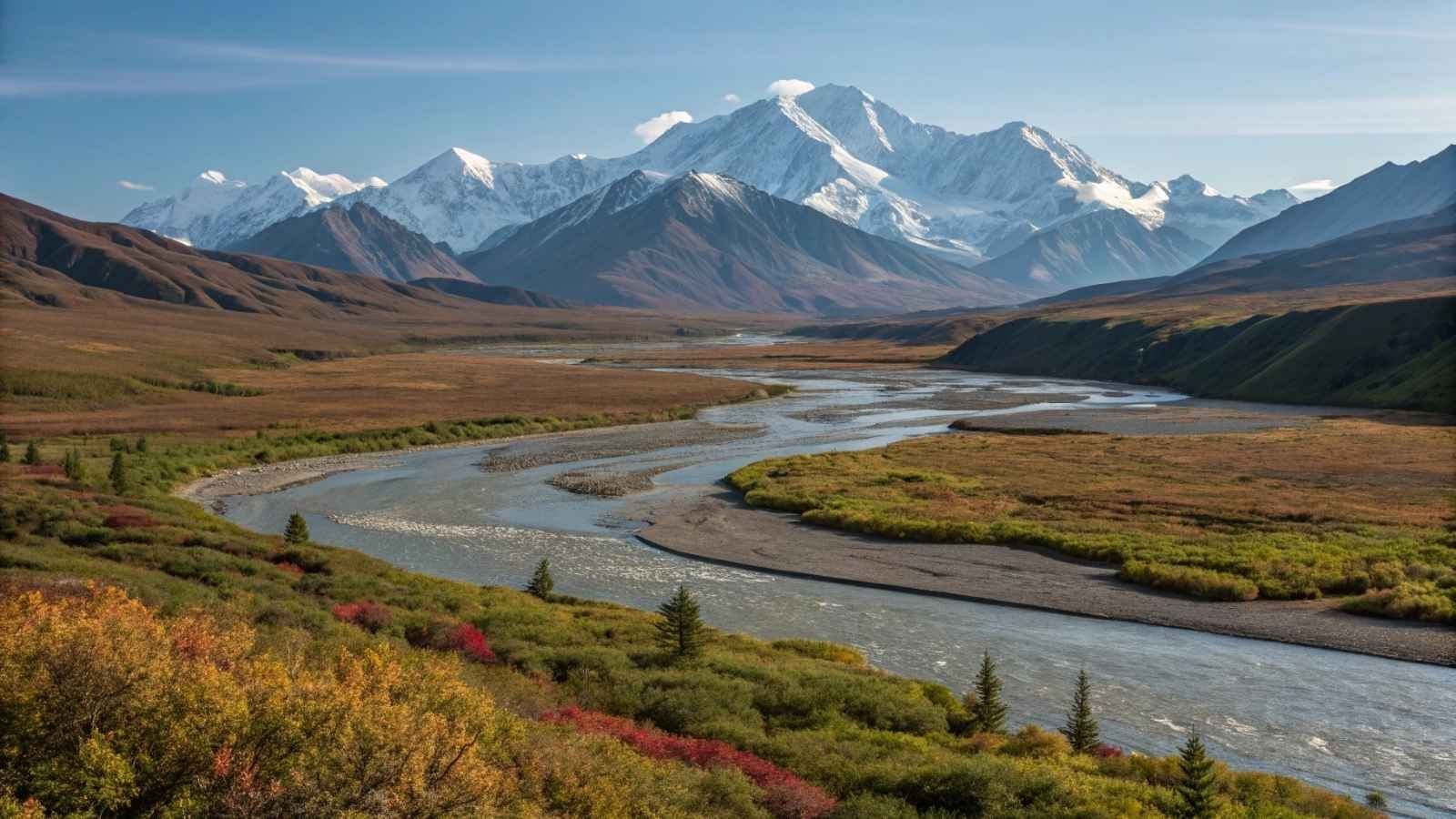
Denali is vast, and the Toklat River area showcases that immensity in a way that feels humbling. Accessible by shuttle along Denali’s main road, this section opens up to wide gravel riverbeds framed by rugged peaks. The landscape feels untouched—raw and untamed in a way that’s hard to find in more visited parks.
It’s also a hotspot for wildlife. Grizzlies are commonly spotted foraging along the riverbeds, caribou wander freely, and golden eagles often soar overhead. With the Alaska Range in the background, every glance feels like a scene from a wildlife documentary.
What makes Toklat stand out is its stillness. There are no trails here—you’re encouraged to wander freely across the gravel bars, giving it an adventurous, choose-your-own-path quality. It’s about embracing the wild on its own terms.
- Best months to visit: June – early September (when buses operate)
- Access: By Denali shuttle bus, about 53 miles into the park
- Highlights: Grizzly bears, caribou, golden eagles
- Experience level: Suitable for adventurous hikers comfortable with off-trail exploring
- Tip: Always carry bear spray and know how to use it
10. Sunrise Area – Mount Rainier National Park, Washington
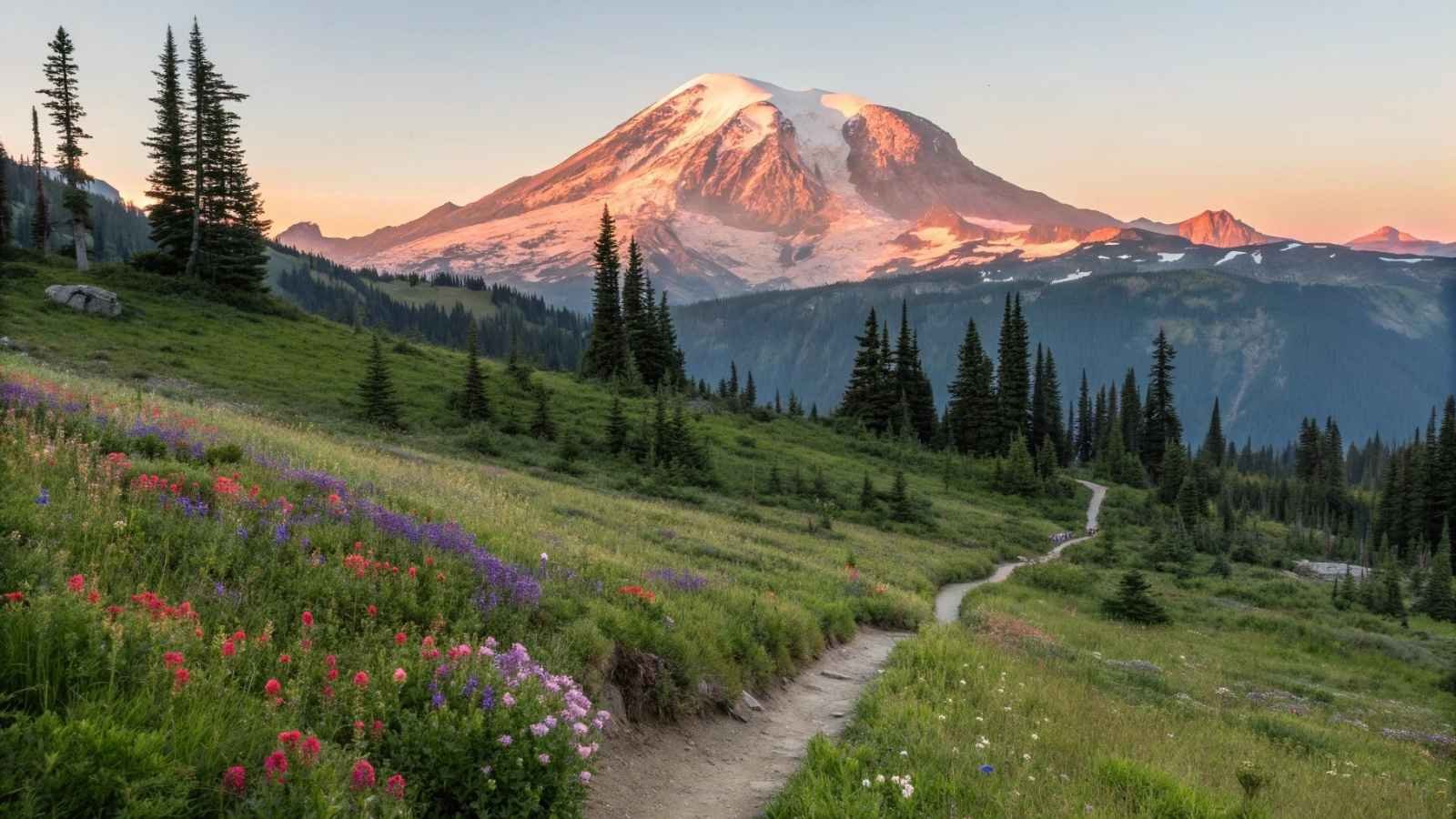
Most people flock to Paradise when visiting Mount Rainier, but Sunrise is where you’ll really feel like you’ve slipped away into a more peaceful corner of the park. Sitting at 6,400 feet, it’s the highest point accessible by vehicle, offering sweeping views of Rainier’s icy flanks and the surrounding meadows.
Trails branch out from here into meadows bursting with wildflowers in summer, creating scenes that feel almost painterly. And because Sunrise faces east, mornings here are extraordinary—Rainier catching the first glow of sunlight, while the rest of the world still wakes up.
Despite its accessibility, Sunrise draws fewer crowds than Paradise. It’s quieter, more spacious, and feels like a place where you can linger without being rushed. For anyone seeking solitude with big mountain views, Sunrise delivers.
- Best months to visit: July – September (snow-free access)
- Elevation: 6,400 feet
- Best features: Sunrise views, wildflower meadows, up-close Rainier views
- Trail options: Sunrise Rim Trail, Fremont Lookout, Mount Fremont Fire Lookout
- Tip: Bring layers—the altitude makes temperatures drop quickly, even in summer
11. Ohanapecosh Hot Springs – Mount Rainier National Park, Washington
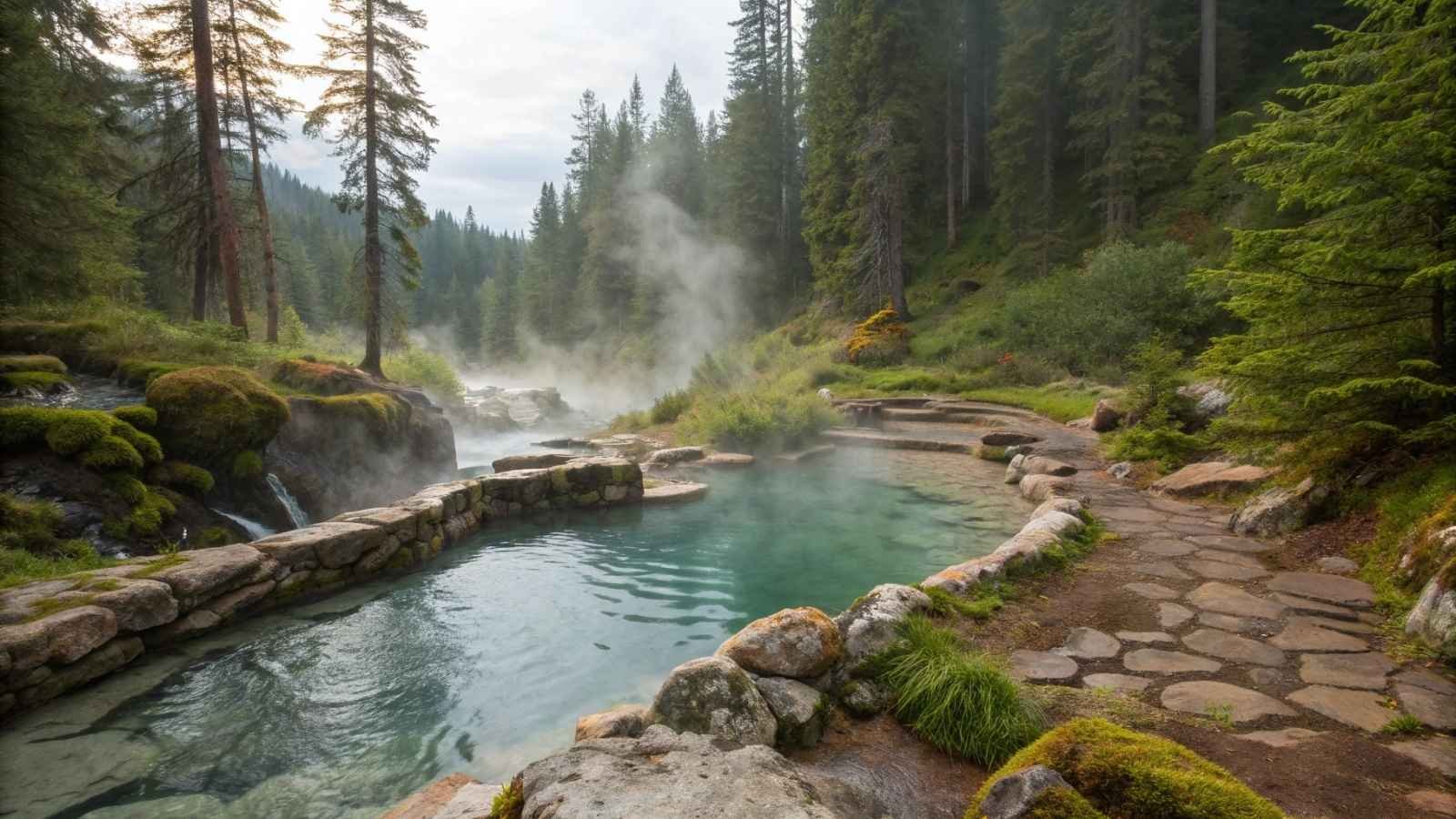
Tucked away on the quieter southeast side of Mount Rainier lies Ohanapecosh, a corner of the park many visitors never see. The hot springs themselves are warmer than hot these days, but the real draw is the lush old-growth forest surrounding them. Towering Douglas firs and red cedars create a cathedral-like atmosphere, and the Ohanapecosh River runs crystal-clear through mossy banks.
Walking through this area feels like stepping back into a primeval world—humid, green, and alive with the sounds of water and birdcalls. Unlike the heavily trafficked areas near Paradise, Ohanapecosh carries a slower rhythm, almost as if time has stretched.
It’s the sort of place where you linger without realizing it. A casual stop turns into hours wandering trails, crossing suspension bridges, and losing yourself in the cool shade of the forest.
- Best months to visit: Late June – September
- Trail length: Several short trails, all under 2 miles
- Difficulty: Easy
- Highlights: Grove of the Patriarchs, suspension bridge, riverside forest walks
- Tip: Visit early morning for maximum quiet
12. Hidden Canyon Trail – Zion National Park, Utah
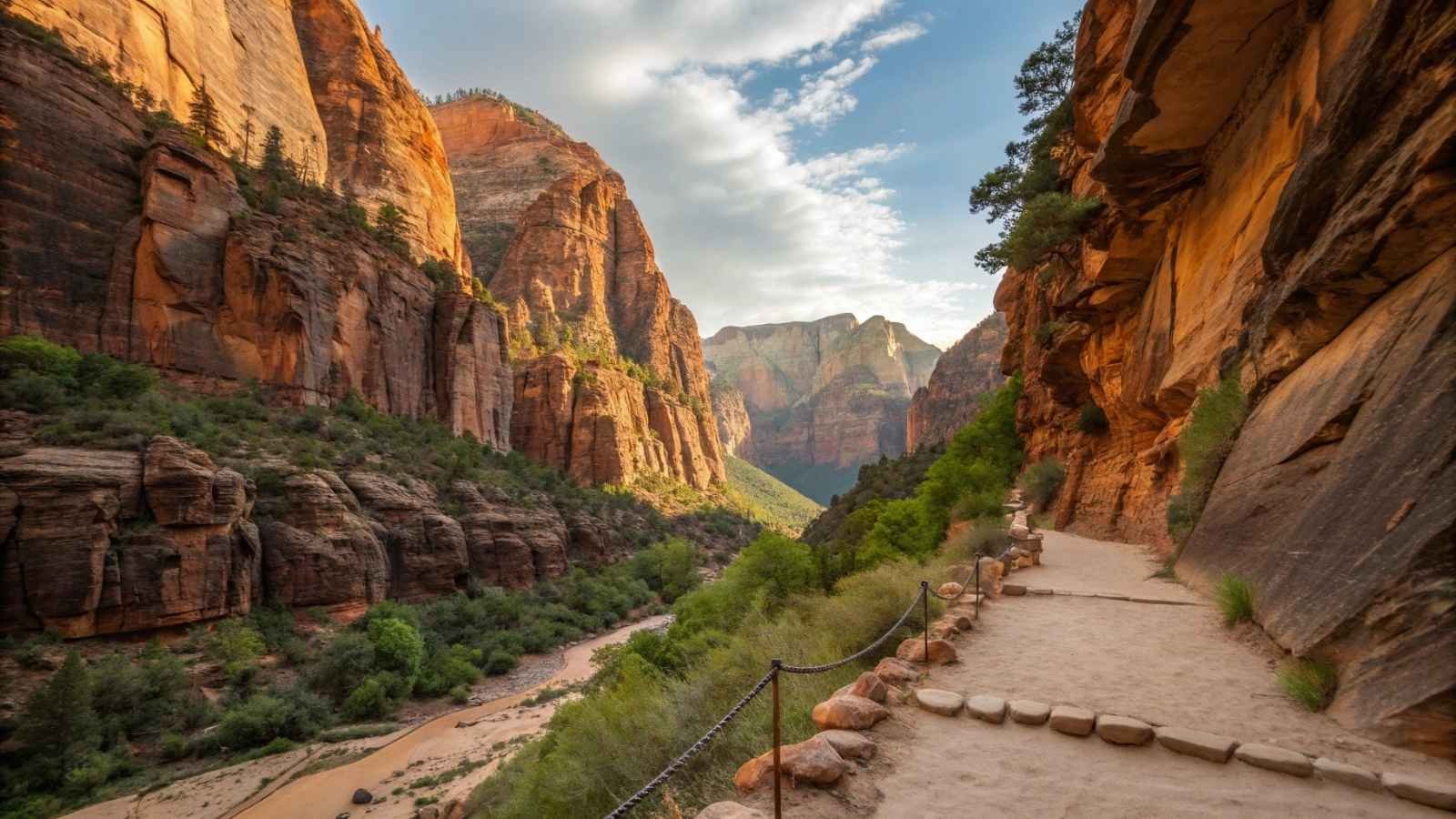
Zion is no stranger to crowds, but Hidden Canyon offers a rare break. This trail is not for the faint of heart—it hugs cliff edges with chains bolted into the rock for support. But once you navigate the exposed sections, you step into a narrow, shaded canyon that feels worlds apart from the main valley.
Inside the canyon, the air cools noticeably, and the soundscape changes—quiet, save for the occasional trickle of water or rustle of leaves. The walls rise steeply, shutting out the chaos of the busier trails. It feels secretive, like stumbling upon a place you weren’t entirely supposed to find.
Because of its moderate challenge and exposed nature, this hike tends to draw fewer people. Those who make it in are rewarded with both adrenaline and tranquility—a rare combination in Zion.
- Best months to visit: Spring and fall (summer can be too hot)
- Trail length: About 2.5 miles round trip
- Difficulty: Moderate with exposed sections
- Highlights: Slot-canyon feel, cooler temps, quiet atmosphere
- Tip: Good hiking shoes and a head for heights are essential
13. Kolob Canyons – Zion National Park, Utah
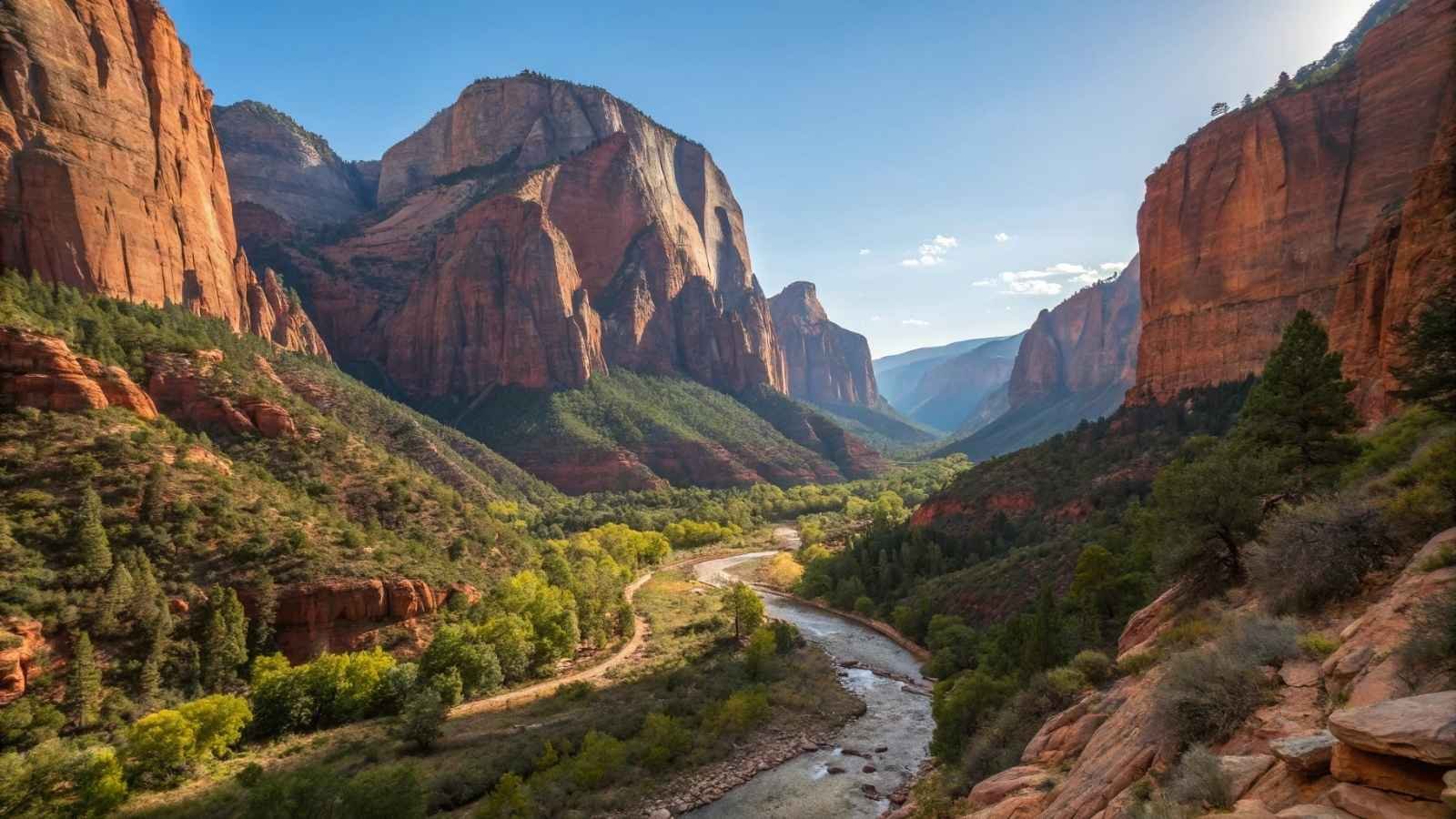
Kolob Canyons is Zion’s secret sibling—dramatic red cliffs and sweeping canyons, but without the crowds of the main canyon. Located in the northwest corner of the park, this area sees far fewer visitors, yet the scenery rivals anything you’ll find along the Virgin River.
The five-fingered canyons glow in shades of crimson and orange, especially near sunset, creating a scene that feels intimate compared to Zion’s grand amphitheaters. Trails like the Taylor Creek Trail lead you deep into the canyon, past streams and lush greenery, a surprising contrast to the stark desert walls.
Kolob feels like the best of both worlds—the grandeur of Zion with the peace of a lesser-known park. It’s where you go when you want Zion’s beauty, but not Zion’s bustle.
- Best months to visit: Year-round, though spring and fall are most comfortable
- Trail length: Varies—Taylor Creek is about 5 miles round trip
- Difficulty: Easy to moderate
- Highlights: Red rock canyons, solitude, lush creek valleys
- Tip: Stop at the overlook for sunset—the colors are unreal
14. Sprague Lake – Rocky Mountain National Park, Colorado
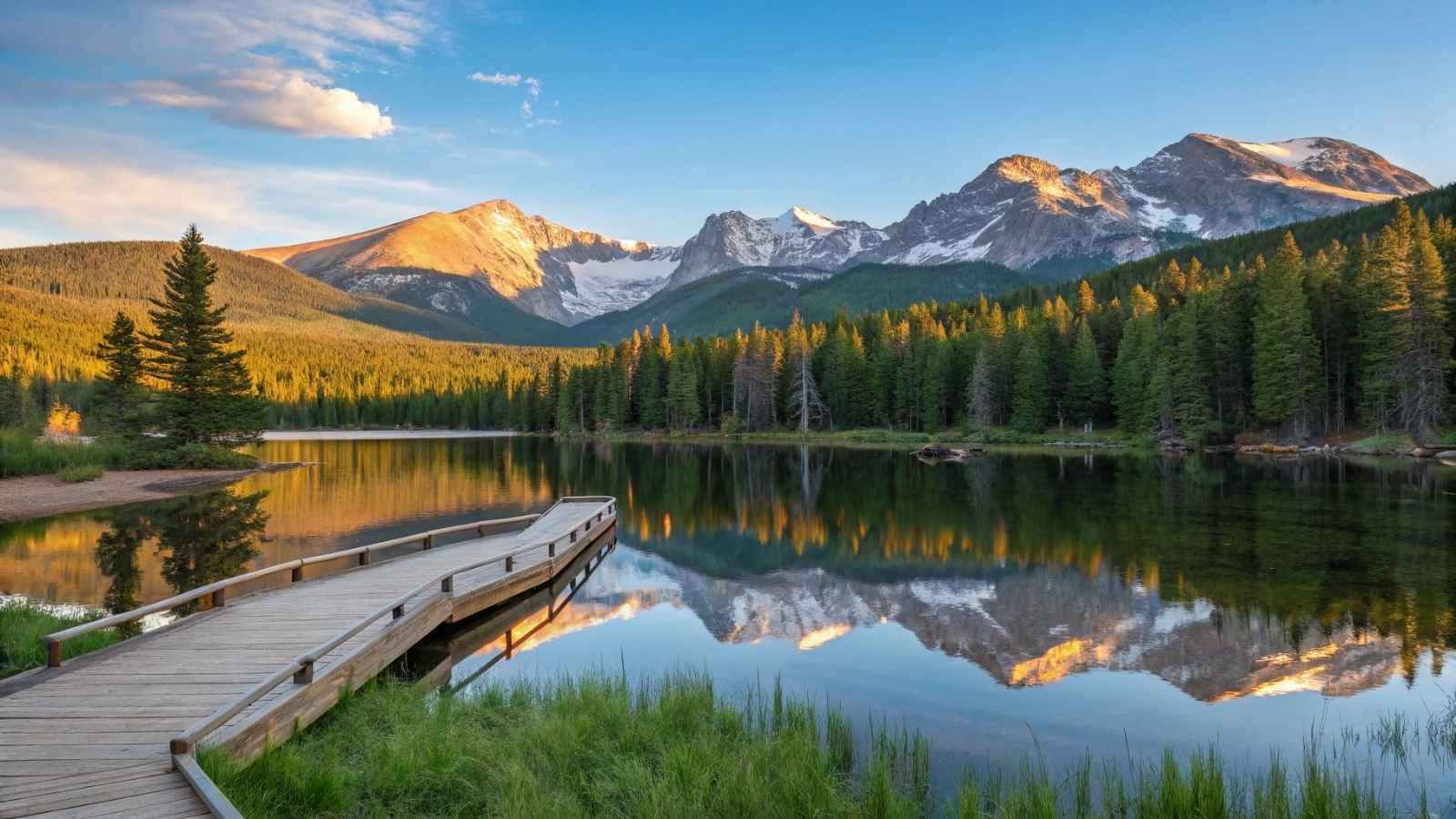
While most visitors crowd into Bear Lake, Sprague Lake sits quietly nearby, offering just as much charm with far fewer people. The loop around the lake is short and flat, making it accessible for nearly everyone, yet the views of snow-dusted peaks reflecting in the water are postcard-worthy.
The lake has a peaceful rhythm to it. Early mornings are especially magical when the surface is still, catching mirror images of Longs Peak and Hallett Peak. A wooden boardwalk makes the walk easy and gentle, so you can slow down and just soak in the surroundings.
Sprague Lake doesn’t demand much of you, which is part of its magic. It’s one of those places where simplicity carries the most reward.
- Best months to visit: May – October
- Trail length: 0.8 miles loop
- Difficulty: Very easy, accessible
- Highlights: Reflective lake views, picnic areas, wildlife spotting (moose, elk)
- Tip: Go at sunrise for the best reflections and quiet
15. Lost Palms Oasis – Joshua Tree National Park, California
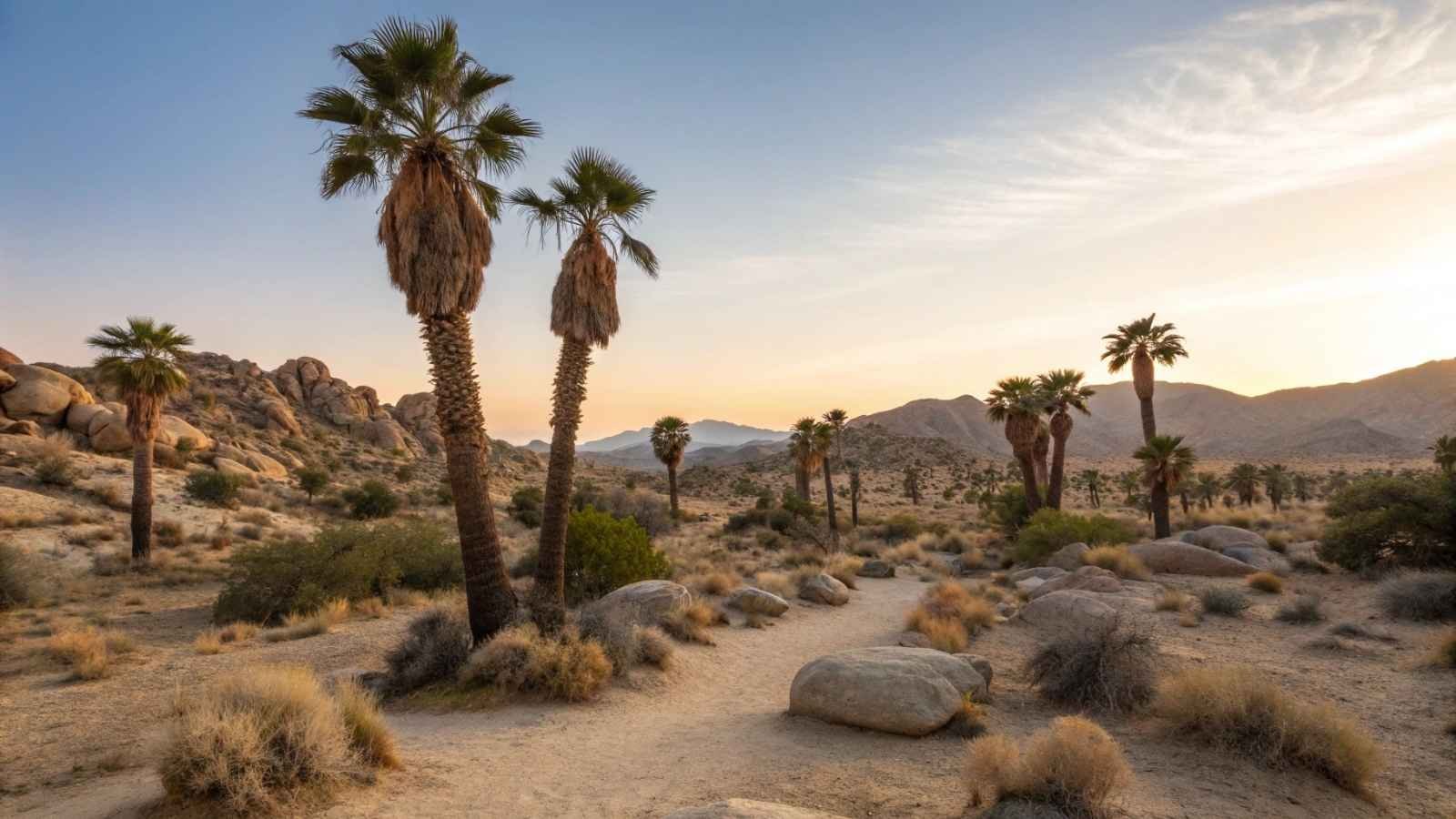
Most visitors to Joshua Tree stick to the iconic boulder fields and Joshua tree groves, but Lost Palms Oasis offers something different: towering native California fan palms hidden deep in the desert canyons. It’s a striking sight—the only grove of its kind in the park, and one that feels like a desert secret.
The trail to reach the oasis winds through classic Joshua Tree scenery—boulders, spiky cholla cactus, and sweeping desert views—before dipping into a canyon where the palms suddenly appear. Their tall, shaggy crowns stand like green sentinels against the arid backdrop.
Because it’s a longer hike than many others in the park, crowds rarely make it this far. That means you often get the oasis to yourself, a rarity in Joshua Tree.
- Best months to visit: October – April (avoid summer heat)
- Trail length: 7.5 miles round trip
- Difficulty: Moderate
- Highlights: California fan palms, desert canyon landscapes
- Tip: Carry plenty of water—shade is limited until you reach the palms



